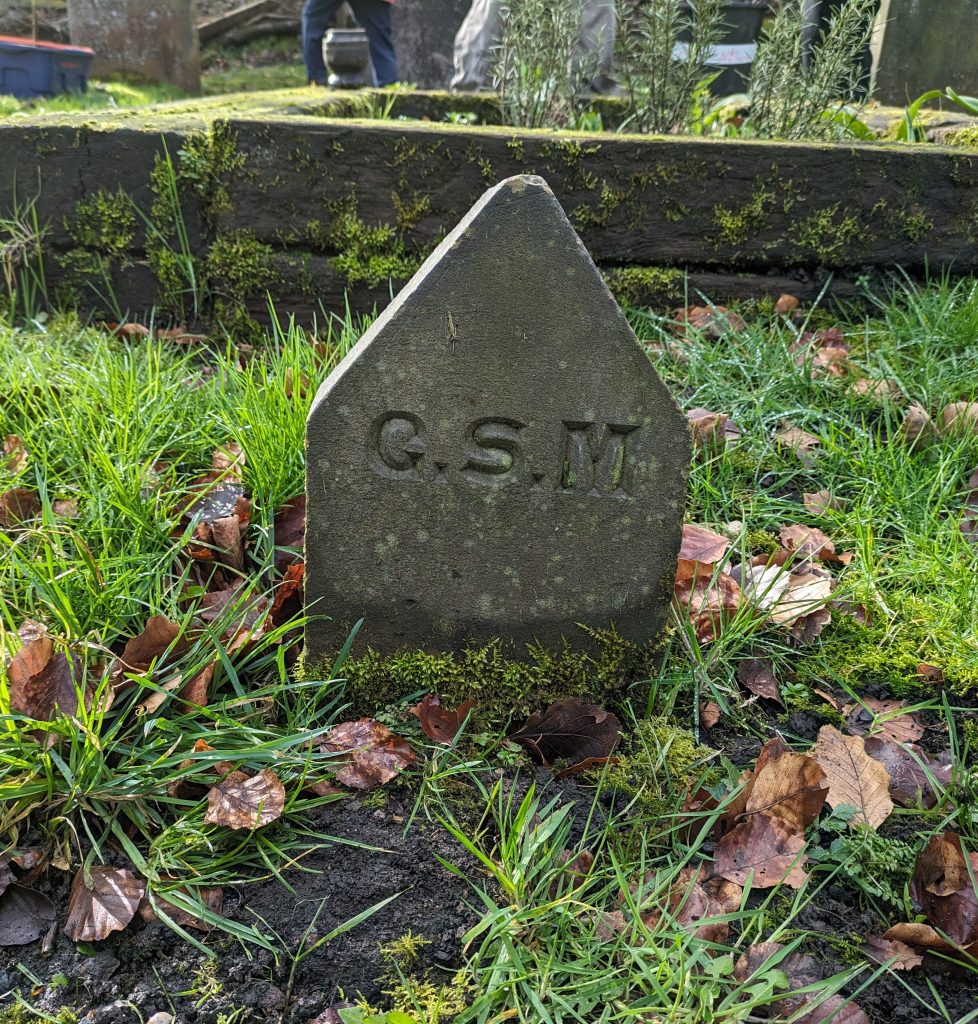Today's post looks at the Todmorden Union List of Paupers for 1864.
This document includes lists of persons whose relief was charged to the various townships of the Todmorden Union for the half-year ending March 26th 1864.
The information given was no. of males, no. of females, no. of children, no. of orphans, name, residence, cause of relief, relief given.
There are 4 Hileys/Highleys included in these lists:
M F C O Name Residence Cause of Relief Relief
Township of Todmorden & Walsden
1 1 2 James Highley Smails Rheumatism £0 7s 0d
1 Samuel Highley Knowlwood Old age £4 16s 0d
1 1 2 James Highley Generalwood Insufficient earnings £0 8s 0d
Township of Erringden
1 1 6 Joseph Hiley Jonny-gate Without work £2 0s 0d
James Highley
James was born in 1839, the son of Reuben and Betty (nee Hudson). He married Mary Ann Lord in 1857. By 1864 they had had 2 children, Sarah Ellen and Reuben. They had 7 further children - Haigh, Hannah, Thomas, James, Lord, Emma and Mary Ann. James was a Carter. The census records show a number of residences in Walsden - Nicklety in 1851, Inchfield Fold in 1861, Newbridge in 1871, Strines in 1881 and 1891 and Smails (Smales) in 1864 at the time of this list.
Samuel Highley
Samuel was born in 1797, the son of John and Grace (nee Ogden). He married Mary Mitchell in 1817. The couple had 8 children - Thomas, Sarah, William, Mary Ann, John, Edmund, James, Joseph and George, but by 1864 all the children had left home. Samuel's occupation is given as Cotton Spinner in 1841, Cotton Carpet Weaver in 1851, Twister in Cotton in 1861, and Mule Spinner in 1871, two years before his death.
James Highley
James was the son of Thomas and Betty (nee Mitchell). He was born in 1839 and married Ellen Harrison in 1858. By 1864 they had had 3 children - Alice Ann, who died in infancy, Alfred and Harrison. At this time he was working as a Cotton Scutcher and living at General Wood in Walsden, not far from the Hollins Inn and Top o' th' Hill Road. James and Ellen had 6 further children - John Thomas, Sarah Ellen, Mary Ann, James Thomas, Martha Jane and Betsy. Ellen died in 1876 and James married again the same year, this time to Salome Wearne (nee Northey). He died in 1900.
Joseph Hiley
Joseph was born in Ovenden, Halifax in 1828 and married Eunice Wilcock in Heptonstall in 1852. By 1864 they had had 6 children - William Henry, John, Mary Ann, James, Hannah and Thomas and the document shows Joseph as being without work. Joseph and Eunice had 5 more children - Emma, Clara, Ada, Alfred and Sarah Ellen.
More about Joseph and his family in the next post




.jpeg)
.jpg)



.jpg)

.jpg)









